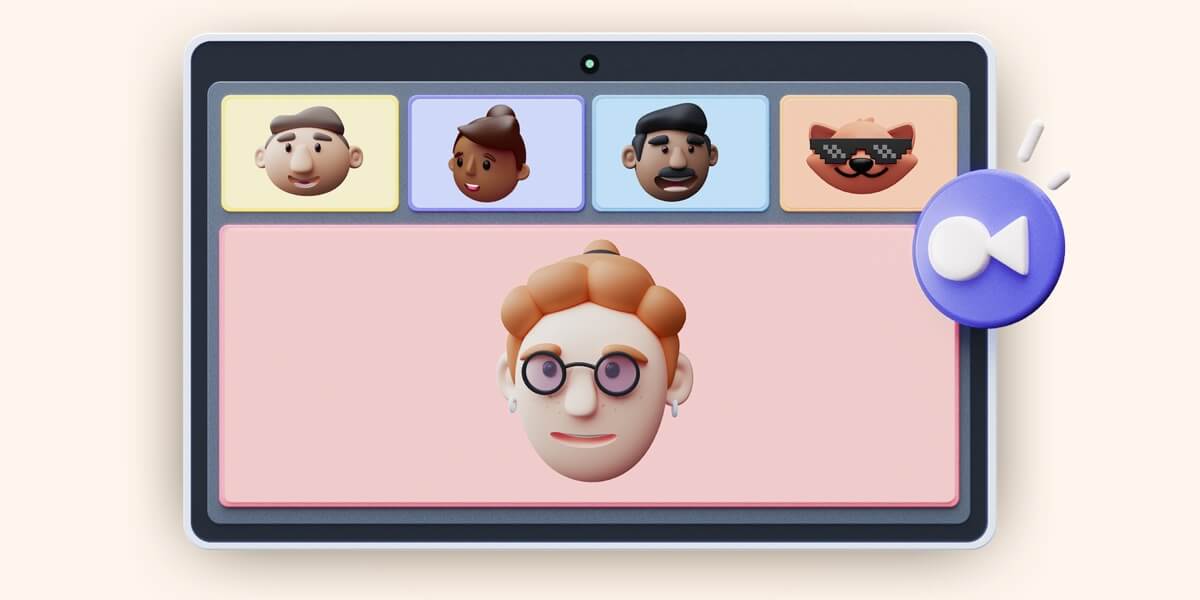We’ve all heard that first impressions count. That’s partly why job descriptions are so important. For most hires, reading the "JD" represents their first interaction with your company.
Still, a job description is only as good as the candidates it attracts. It doesn’t matter how much time and effort you put into it — if your job descriptions aren’t bringing in the top talent you need, it’s time to go back to the basics.
Luckily, job listings follow a formula that’s simple to master. Most have just four sections for you to customize to your company and role. Still, it can be tricky to craft a job description that stands out and attracts qualified applicants. We’ll walk you through how to structure your own eye-catching job descriptions and share helpful tips on how to optimize your postings.
Job Title
Like any great work of art, your job description needs a compelling title. But before you get too creative, keep in mind how your applicants will search for and find your job listing on career sites. If your company is known for its creative job titles, consider pairing your internal titles with more traditional titles, like “Chief Happiness Officer — Head of HR.” That way, you can ensure your posting appears on job site searches and is found by qualified candidates.
So what makes a good job title? Job titles should be clear and descriptive. They should also convey the level of seniority, department, and responsibilities of the role. For example, “Sr. HR Business Partner” gives you a solid understanding of what the role entails and how many years of experience a candidate would need to qualify, whereas a “Marketing All-Star” could easily get passed over on a job site.
Company Mission and Values
This is your chance to hook readers in and share what makes your company great. You’ll want to keep this section short and sweet, while still giving candidates a feel for your culture and brand. Again, this might be someone’s first impression of your company, so you want to get it right.
Share a bit about your company’s products or services, mission and values, culture, and whatever else makes your company unique. Try to answer the question, “Why would a candidate want to work for my company?”
Key Responsibilities
You want applicants to understand the role's day-to-day responsibilities and tasks. Being detailed can help candidates determine if the role is a good fit for their interests and skills — after all, this means more interested and qualified candidates for you. Share their core duties, who they would report to, how many direct reports they would manage (if applicable), and what teams they’d work closely with.
Toptal, a company that connects companies with freelancers, uses an interesting approach in their job descriptions. Their JDs detail what new hires will achieve after their first, third, and sixth month. That way, candidates can see exactly what skills they will develop over time and how their role will evolve.
Be sure to include any additional logistics a candidate would want to know about the role, like if it would require frequent travel, nontraditional hours, or physical labor, so there are no surprises during the interview process. Just be sure to keep this entire section concise, as you don’t want to scare candidates off with a never-ending list of responsibilities.
Qualifications and Skills
Here’s where you list the hard and soft skills you’re looking for. For hard skills, list any certifications, systems knowledge, and technical skills necessary to perform the role. While soft skills, or interpersonal skills, are less tangible, they can differentiate a good candidate from a great candidate. For example, soft skills like communication, empathy, and flexibility would be incredibly valuable for a customer service representative to possess and speaks to the nature of the role.
Just remember to be realistic when searching for that “perfect” candidate. Be explicit about which skills are non-negotiable and which are nice-to-haves. This way you won’t discourage great candidates from applying.
Company Benefits
Now that applicants are familiar with your company and the role, it’s time to share what your company can do for them. Many companies choose to include a brief list of benefits and perks to give candidates a better idea of total compensation and employee experience.
Aside from mentioning traditional benefits like health, vision, and dental insurance, try to mention other perks and initiatives you offer to improve the lives of your employees. This could be anything that helps you stand out from the crowd, like catered office lunches, remote stipends, professional development opportunities, fertility benefits, performance bonuses, and on-site childcare.
Tips for Writing Job Descriptions
Once you’ve built out these sections of your job description, you’re almost ready to share it with the world. Here are a few tips to help your job description stand out from the pack and attract the best candidates.
1. Avoid gendered language.
Scan your job description for any gendered language or pronouns. Helpful tools like Textio can do this for you and reveal if your listing is biased towards a certain gender. Using too many feminine-oriented words can prevent men from applying and vice versa. Make sure you have an equal balance of gendered words in your description so you can attract a diverse set of applicants.
2. Double check your info.
Triple check to make sure all the information you included is correct. You don’t want to mistakenly list a New York, NY job as a San Diego, CA position. Share the job description with a hiring manager or colleague to double check important details like job location, full-time/part-time status, job level, etc.
3. Watch your tone.
You want your JD’s tone to be positive and open. Avoid harsh words like “always,” “never,” and “can’t,” which can come off as restrictive and discourage people from applying. Whenever possible, avoid vague catch-all phrases like “other duties as assigned.”
4. Keep it simple.
Textio reports that the ideal job description is 300-700 words long, so respect your applicants' time by keeping things short and sweet.
“No one wants to read through a two-page job posting, and honestly, most people won't bother,” said Jennifer Walden, Director of Operations at WikiLawn Lawn Care. Avoid rambling sentences and opt for bullet points so applicants can easily scan responsibilities and requirements.
Shorter job descriptions can even attract more applicants and more qualified talent. “We’ve found that we’re far more likely to get applicants who understand and meet the job requirements when we keep our job descriptions detailed but concise. It empowers applicants to decide if this is the job for them,” Walden said.
5. Remember to proofread.
Lastly, make sure to reread your job description to catch any typos, grammatical errors, or mistakes. Share your rough draft with someone else to get a fresh set of eyes on it or try reading it out loud. Browser add-ons like Grammarly are also helpful for double-checking spelling and grammar.
—
Once you’ve posted your new, stellar job description, you can sit back and wait for the applications to pour in. If only the work ended there.
Attracting and hiring top talent is only half the battle. You also need to focus on engaging and retaining your employees. Luckily, Lattice brings all your performance and engagement data together in one seamless platform, so you can easily give and collect employee feedback and measure employee sentiment.
Click here to learn how Lattice's software can help your company build a more engaged, people-first culture.







